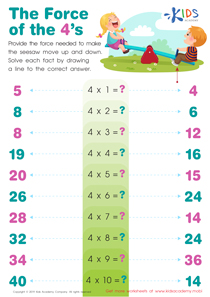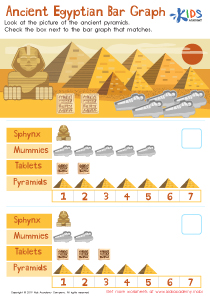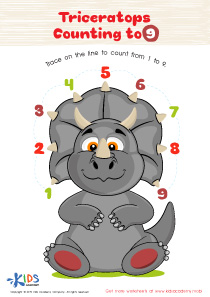Understanding number patterns Easy Math Worksheets for Ages 5-8
3 filtered results
-
From - To
Our "Understanding Number Patterns" Easy Math Worksheets are designed especially for children ages 5-8. These engaging activities help young learners grasp the concept of number sequences and mathematical patterns in a fun and interactive way. Through colorful and simple exercises, kids can practice identifying and continuing patterns, which boosts their fundamental math skills. Perfect for both classroom and home use, these worksheets help build a strong foundation in early math concepts, ensuring kids gain the confidence needed for future learning. Download now to support your child's mathematical journey with enjoyable and educational tasks.
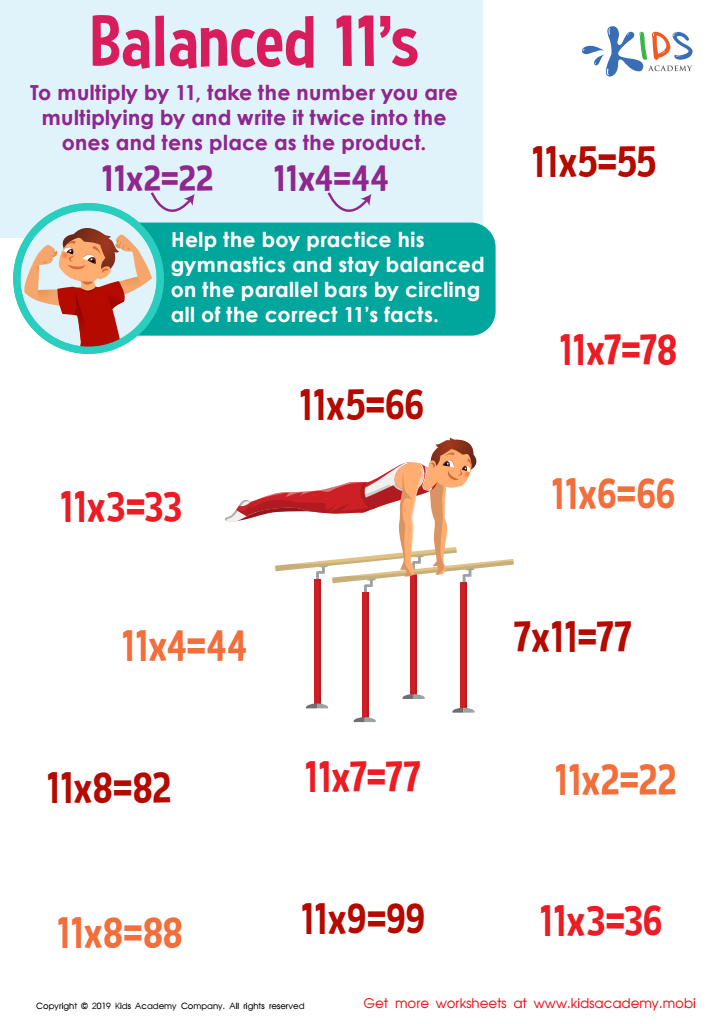

Balanced 11s Worksheet
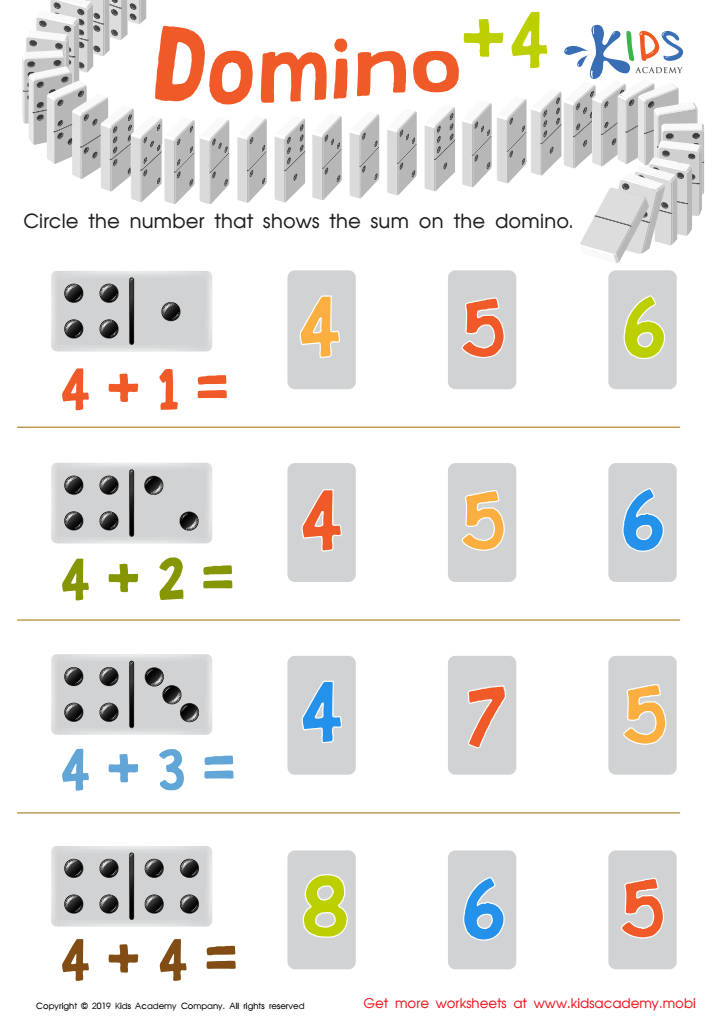

Domino +4 Worksheet
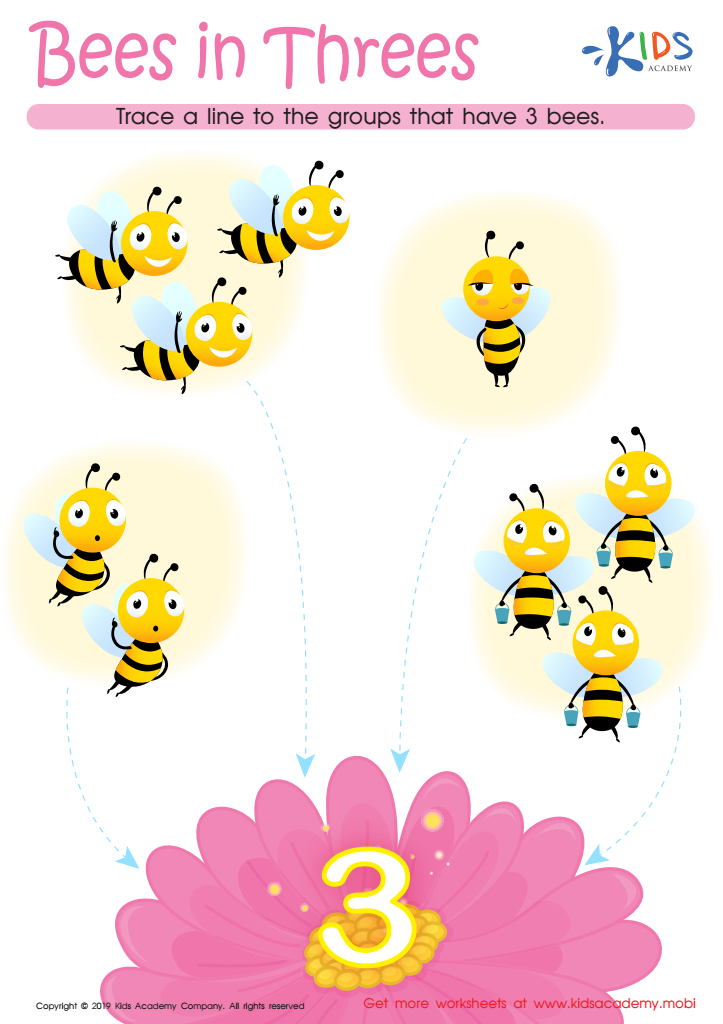

Bees in Threes Worksheet
Understanding number patterns is foundational for young learners, typically between ages 5-8, as it establishes the groundwork for more advanced mathematical concepts they will encounter later in their educational journey. For parents and teachers, fostering an environment where children can explore and identify number patterns is crucial for several reasons.
Firstly, recognizing patterns enhances a child's problem-solving skills. When children identify and predict sequences, such as counting by twos or recognizing odd and even numbers, it nurtures their logical thinking, which is valuable across various subjects and real-life situations.
Secondly, comprehension of number patterns plays a pivotal role in arithmetic. Easy patterns, like addition and subtraction within ten or incremental counting, help solidify basic math facts. This, in turn, offers children a sense of confidence and competence when dealing with more complex operations like multiplication or division later on.
Thirdly, having a robust understanding of patterns promotes numeracy agility. Kids get attuned to the regularities in numbers and learn to make predictions, laying a rich foundation for algebra and geometry, which heavily rely on pattern recognition.
In conclusion, by valuing and supporting the mastery of number patterns in early education, parents and teachers are equipping children with essential skills that not only support academic progression but also foster confident and eager lifetime learners.
 Assign to My Students
Assign to My Students




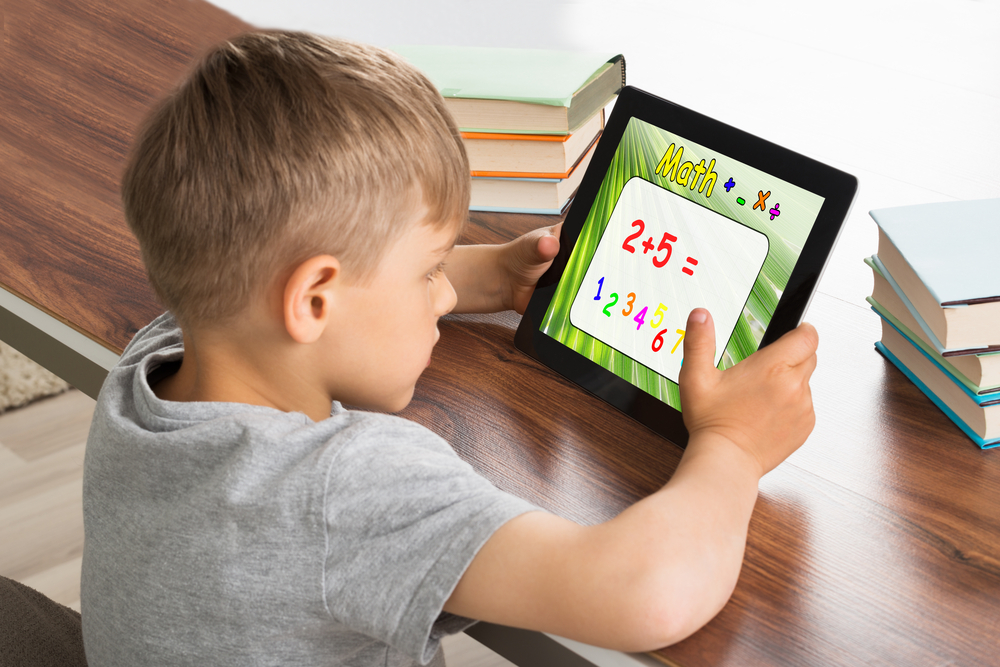



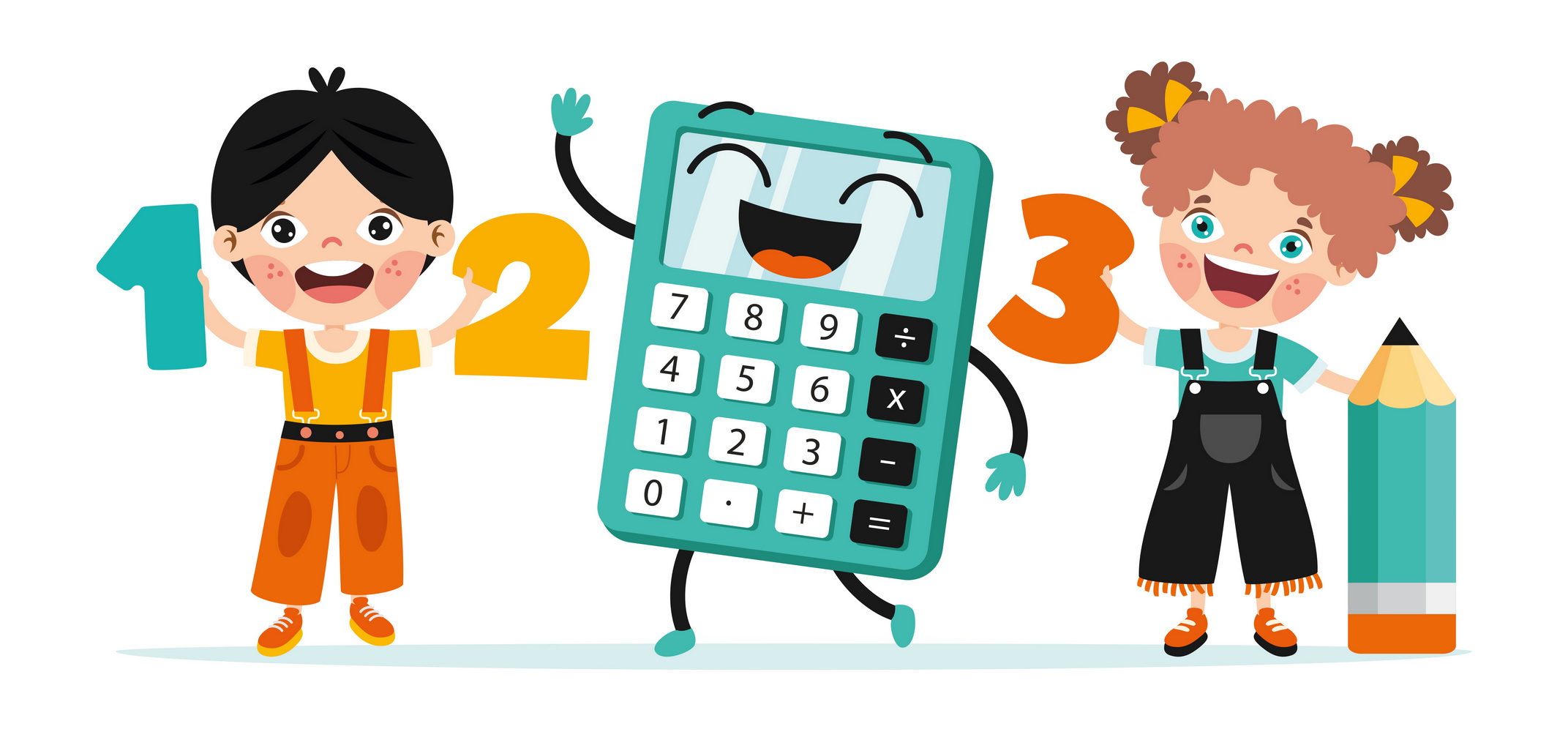
.jpg)


